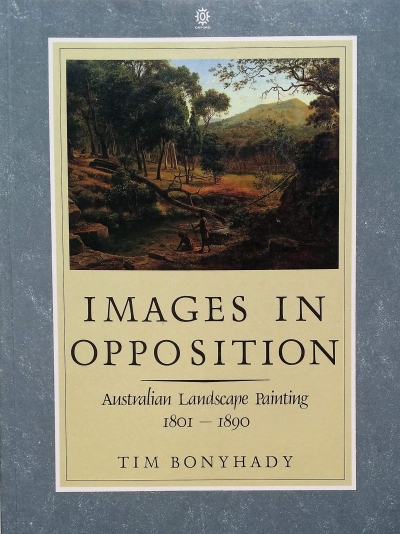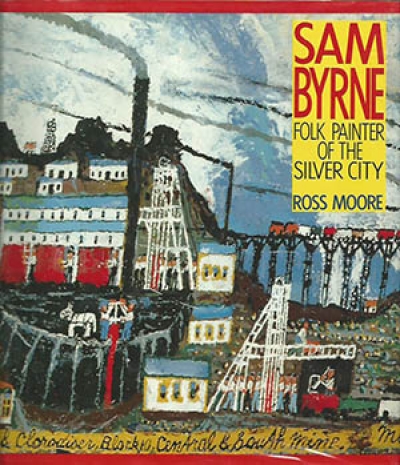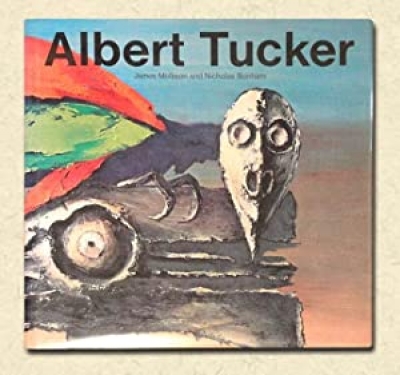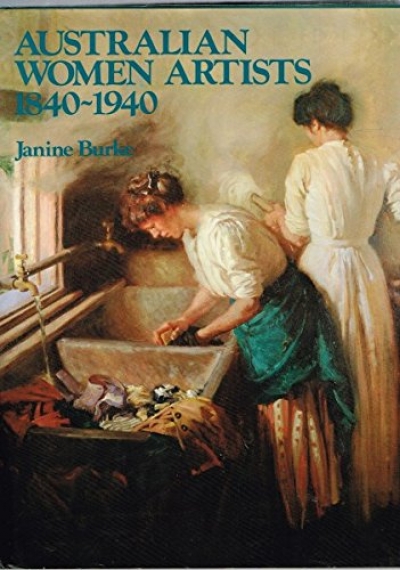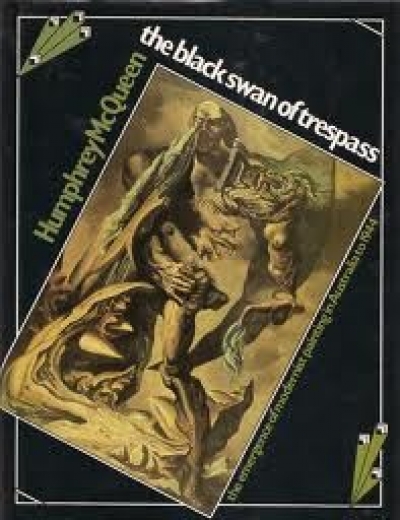Australian Art
Images In Opposition: Australian landscape painting 1801–1890 by Tim Bonyhady
by Leigh Astbury •
The World of Norman Lindsay edited by Lin Bloomfield & A Letter From Sydney edited by John Arnold
by Nancy Keesing •
The Years of Hope: Australian Art and Criticism 1959–1968 by Gary Catalano
by Mary Eagle •

